Improving indoor air quality
The recent pandemic has brought with it countless obvious challenges. But it has also offered us an opportunity to reflect on and review the healthiness of our indoor environments.
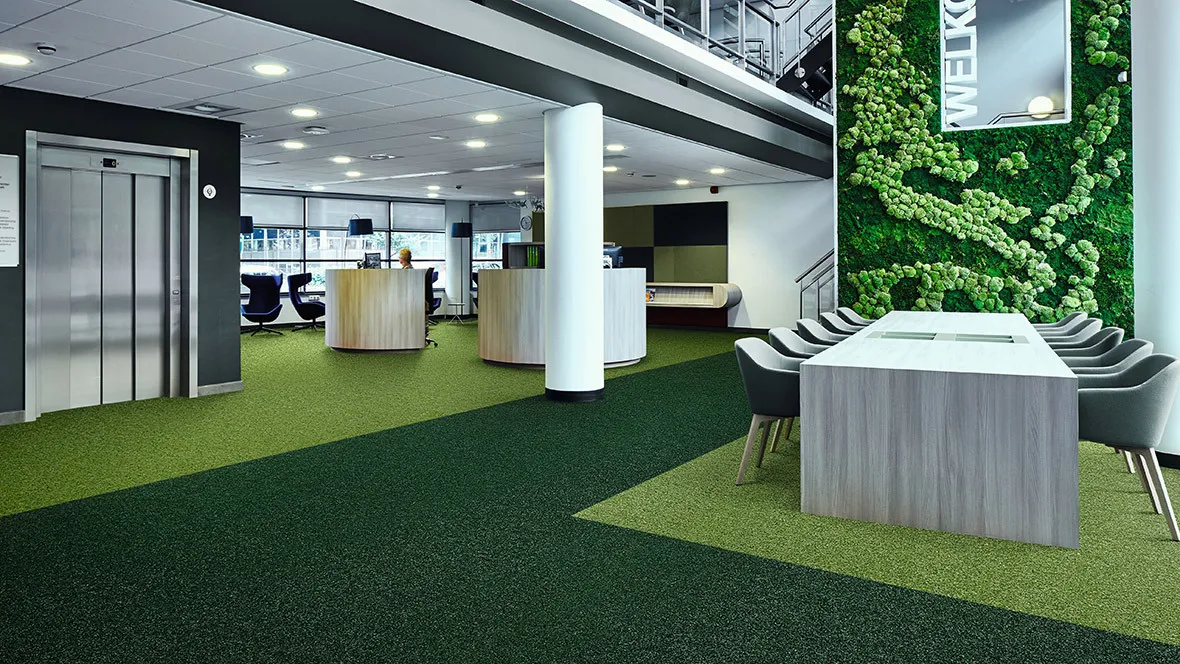
Needless to say, the quality of the air we breathe has been at the forefront of our minds for the past two years. With on average 90% of our time being spent indoors – and breathing being something every one of us does, all day, every day – the importance of indoor air quality could not be any more obvious.
The evidence base on the impact indoor environments have on building users is strong and substantial: buildings can be healthy or unhealthy, and will influence anything from physical and mental health to productivity, performance and staff retention.
An ‘unhealthy’ building has the potential to cause sickness. Sick building syndrome symptoms could be attributable to a range of factors present within a given building, said to include chemical pollutants due to combustion or other indoor sources, heavy metals, biological pollutants, electromagnetic radiation, inadequate ventilation, poor lighting, absence of sunlight, humidity, temperature and noise as well as poor office design or ergonomics.
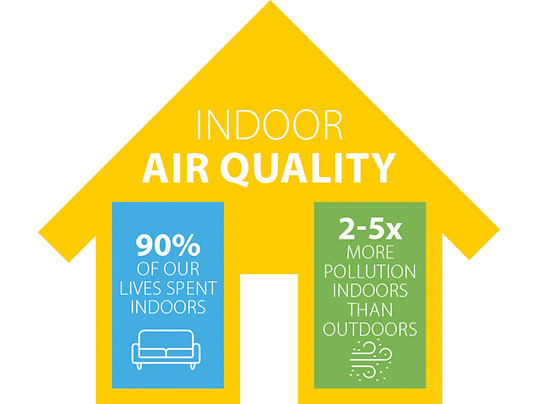
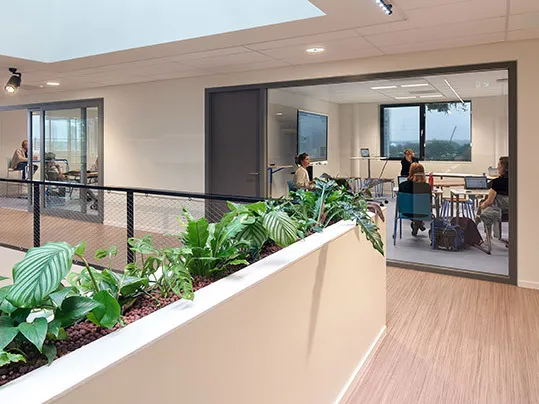
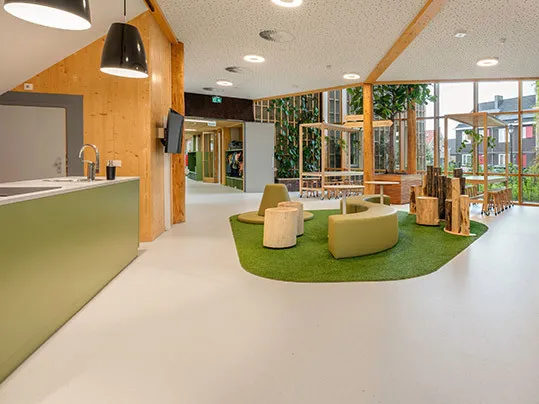

Whilst the factors listed as potential causes of sick building syndrome are many and varied, a significant proportion of suspect irritants are airborne. Individuals who suffer from respiratory conditions, notably asthma, are at the greatest risk of being affected by these. In practice, this could look like school pupils underperforming due to missing classes, lacking energy and struggling to concentrate.
On the work floor, poor IAQ can result in reduced productivity, increased risk of errors and overall lower work satisfaction, whilst in settings that accommodate individuals who are vulnerable or suffer from existing health conditions, improper attention to IAQ can increase the risk of airborne infection and respiratory disease.
“A building should grow with you and be able to adapt to needs – i.e. go above and beyond. It should inspire and enable people to thrive, not merely survive. IAQ is a key piece in this puzzle and architects are relying on the flooring industry to provide them with a healthy range of greener options that tick all of the boxes conventional products do in terms of design and functionality.”
Ben Channon, architect, director at Ekkist and author of the book ’Happy By Design‘
It is the joint responsibility of all stakeholders in the building and construction sector to play their part in creating buildings that work for our environment and that work for people. Designers and specifiers play an important role in limiting human exposure to hazardous materials by becoming more discerning in their product choices.
On the part of manufacturers, complete and comprehensive product declarations disclosing material ingredients and toxicity over the product’s lifecycle are important resources that show the bigger picture on toxicity over the lifecycle, including installation and maintenance.
Forbo Flooring, for example, not only offers EPDs for each of its products but also provides declarations of the impact of its flooring on human and environmental toxicity, known as Health Product Declarations (HPDs).
Choosing flooring and other products that contain a high proportion of naturally derived materials, involve minimal chemicals during installation, and limit the necessity for harsh chemical cleaning during the use phase will make an important positive contribution to indoor air quality in any building.
Read more on the importance of healthy indoor spaces in our newest whitepaper.
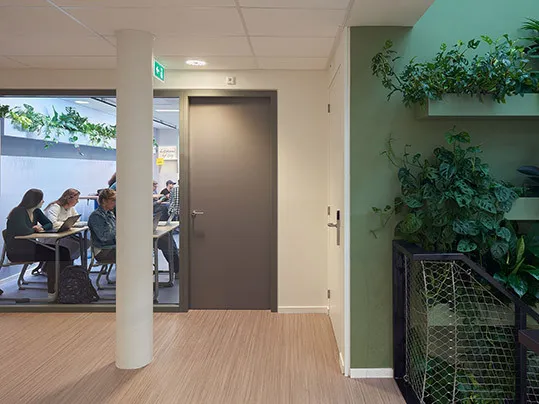
.webp)